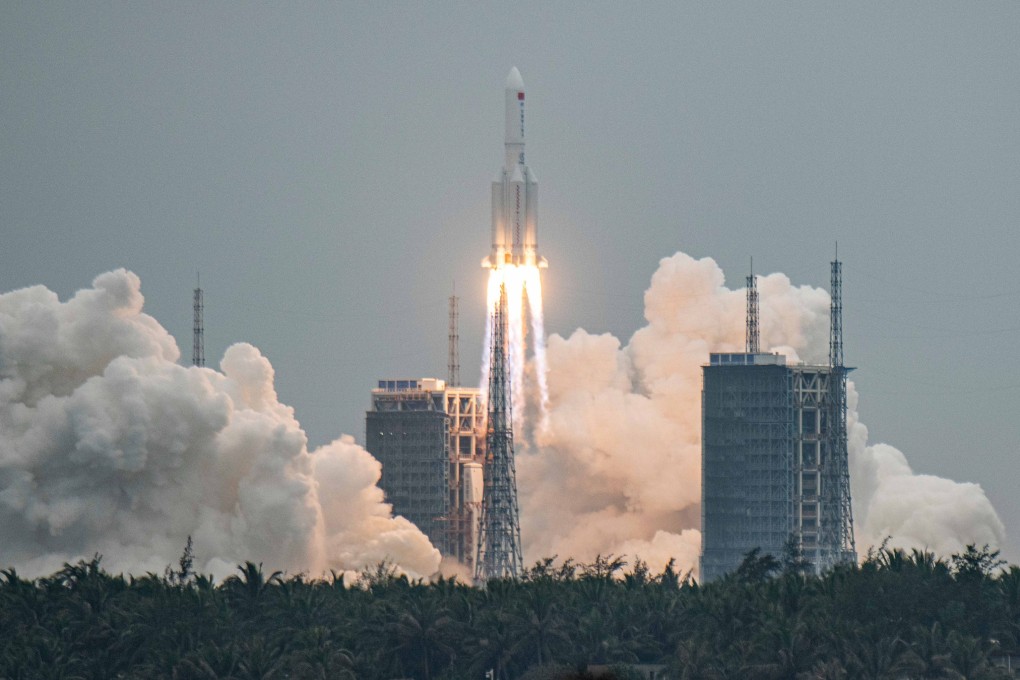Editorial | Space race reflects real-world politics
- The geopolitical tensions playing out on Earth are now out of this world as nations build alliances to boldly go where no man has gone before

As on Earth so in heaven. Rising contests between the East and the West have been extending from Earth to outer space, the moon and even Mars.
Designed to rival the International Space Station (ISS), from which Chinese astronauts have been barred, the assembly of the facility is expected to be completed by the end of next year.
Meanwhile, in two breakthroughs, a US Nasa rover successfully launched a small drone helicopter this month that flew for almost a minute under the thin Martian atmosphere before returning to base; another device on the rover managed to generate oxygen from the planet’s carbon dioxide.
With transportation and oxygen production becoming technically feasible, manned missions, even the colonisation of Mars, now looks inevitable.
Where the US is going, China is not far behind. Tianwen-1, China’s first interplanetary expedition, has been orbiting Mars since February. A rover is expected to be sent to the planet next month or in June to begin surface exploration and experimentation.

